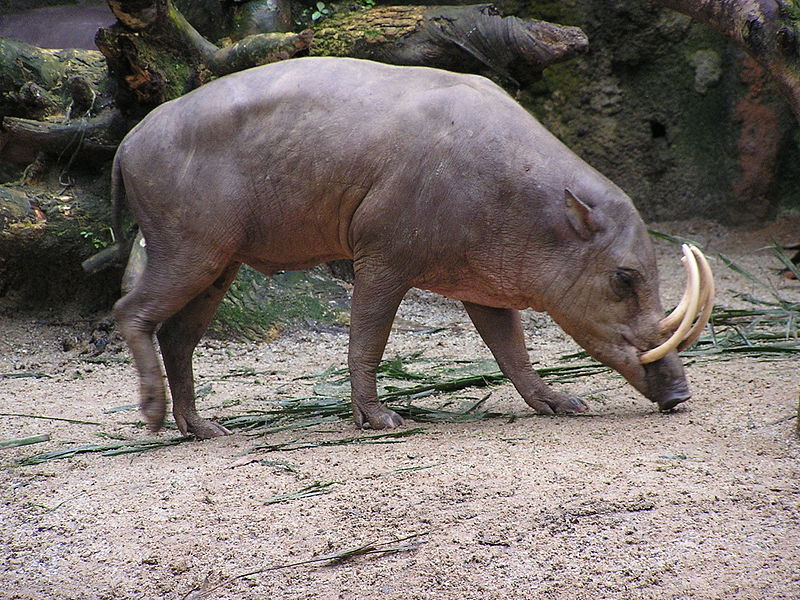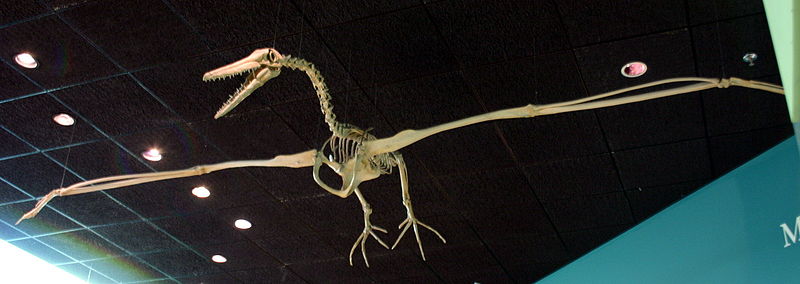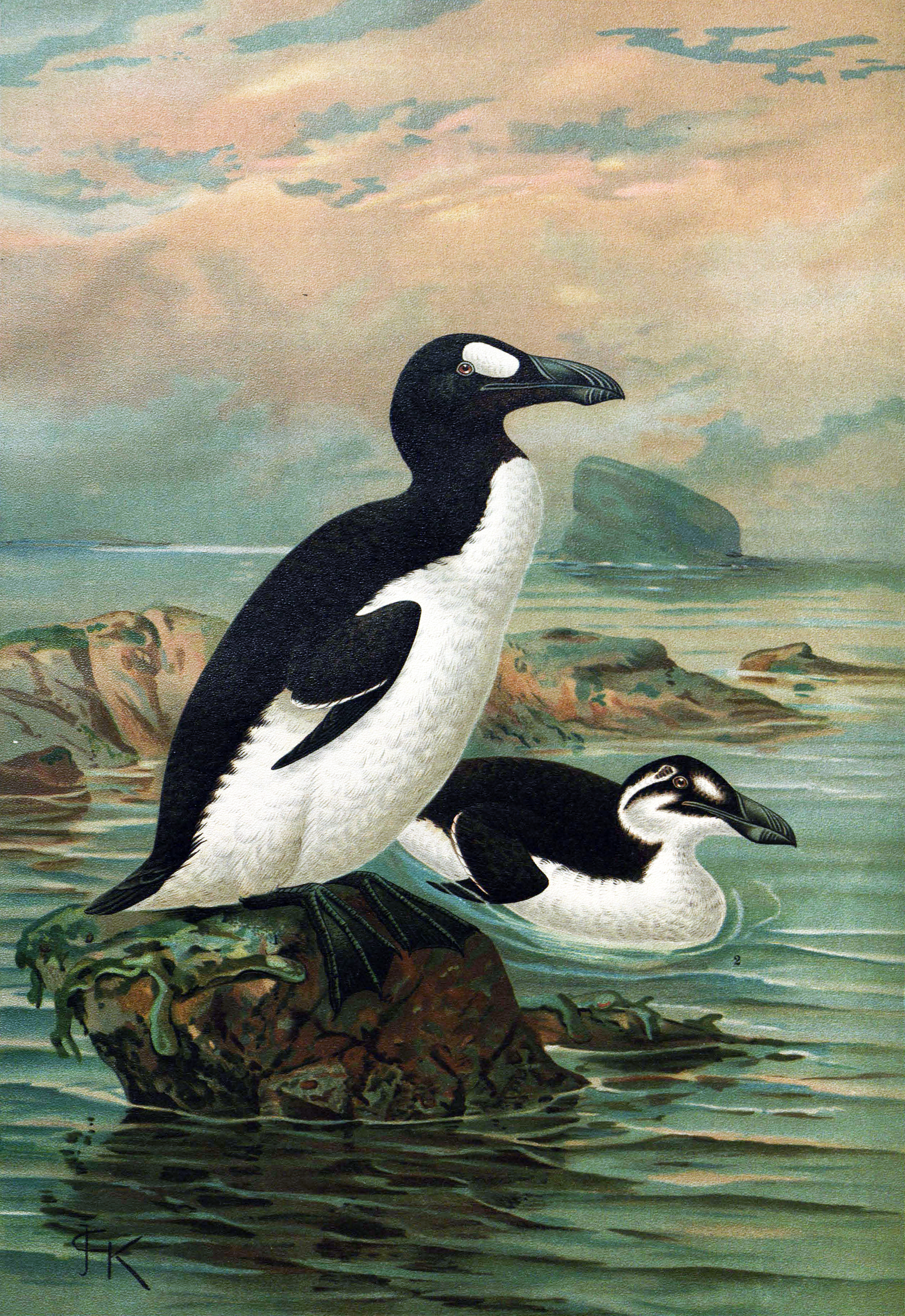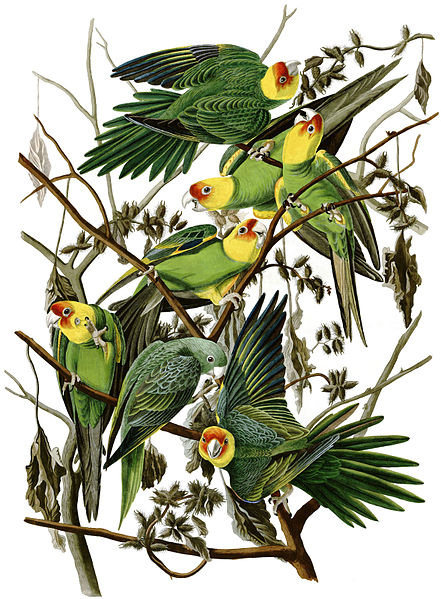 “Most colorful” is a tough title to clench in the parrot world. The Ornate Lorikeet, Trichoglossus ornatus, however, must surely be a top contender. In fact, the name “ornate” does it little justice, as would any description of its plumage. No longer commonly kept in the USA, this is a bird worth searching for in zoos or among large private collections.
“Most colorful” is a tough title to clench in the parrot world. The Ornate Lorikeet, Trichoglossus ornatus, however, must surely be a top contender. In fact, the name “ornate” does it little justice, as would any description of its plumage. No longer commonly kept in the USA, this is a bird worth searching for in zoos or among large private collections.
Description
The Ornate Lorikeet’s feathers span the rainbow – most are bright green edged in yellow, deep blue or brilliant red edged in dark blue, but there are other colors as well. The eyes are orange and the beak is a “screaming” orange-red. It’s hard to imagine all the color that is packed into its 10-inch-long body (please see photo)!
Range and Habitat
Indonesian island of Sulawesi, just east of Borneo, is home to an incredible array of animal “standouts” – black, ape-like monkeys, giant gliding possums and babirusas (odd pigs sporting tusks that grow right their skin, please see photo), to name just a few. So it seems fitting that a bird so uniquely-colored as the Ornate Lorikeet is found here, and on a few offshore islands, and nowhere else on earth.
Ornate Lorikeets favor mountain forest edges and overgrown scrub, and also frequent villages bordered by dense cover (imagine having these fellows as feeder visitors!). They are most commonly seen in pairs or small flocks and feed upon flower blossoms, nectar, pollen, fruit and some greens; insects may be taken as well, but field studies are lacking.
Captive History
 I recall caring for Ornate Lorikeets when working for a bird importer as a teenager, but they are not at all common in the USA today. They have a reputation for being quite delicate as regards temperature, and even long term captive seem prone to respiratory and digestive system distress. When in the peak of good health, their voices are as loud, and far harsher, than are their colors!
I recall caring for Ornate Lorikeets when working for a bird importer as a teenager, but they are not at all common in the USA today. They have a reputation for being quite delicate as regards temperature, and even long term captive seem prone to respiratory and digestive system distress. When in the peak of good health, their voices are as loud, and far harsher, than are their colors!
On to diet and general care in Part 2.
 That Bird Blog – Bird Care and History for Pet Birds
That Bird Blog – Bird Care and History for Pet Birds






